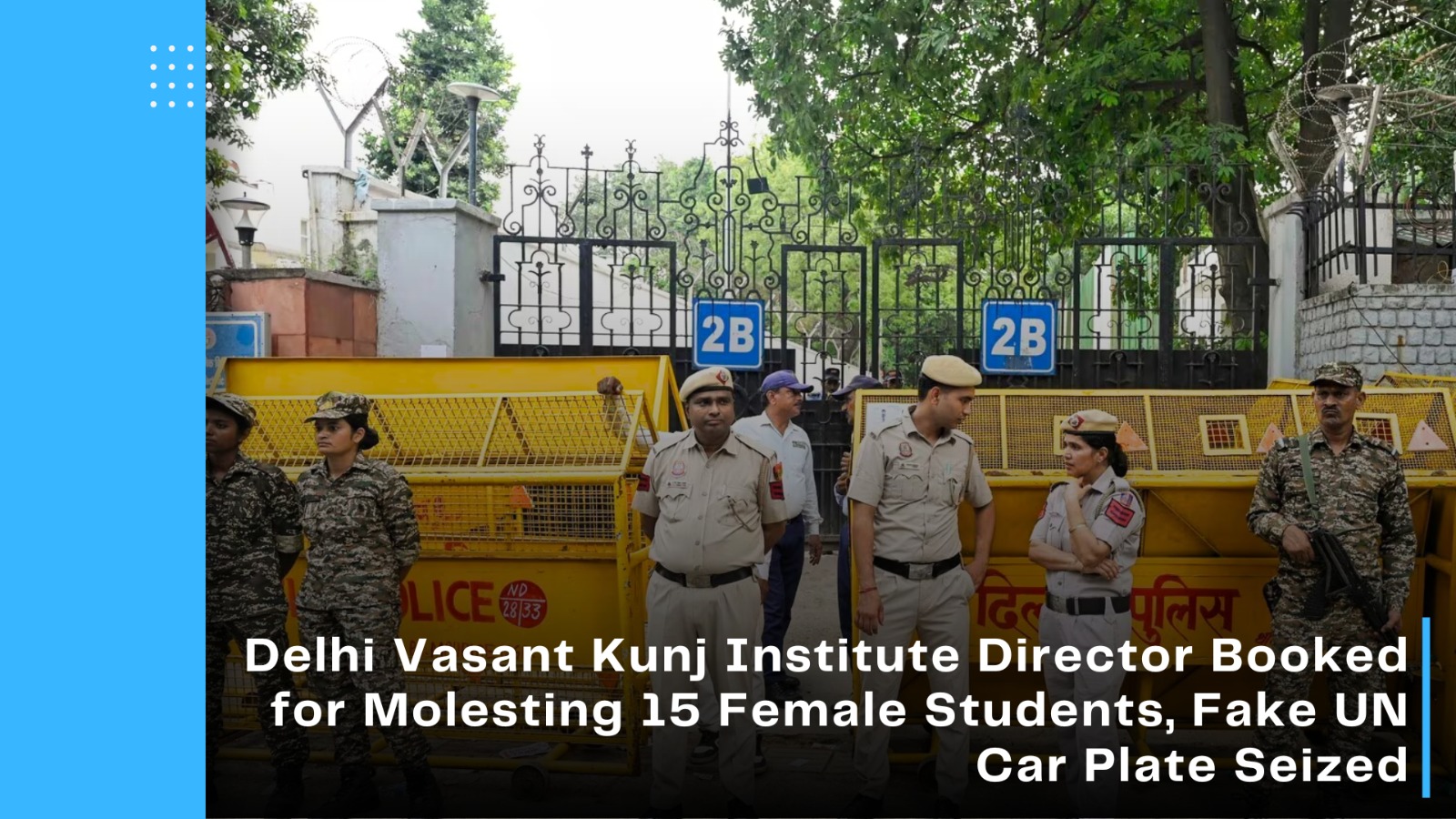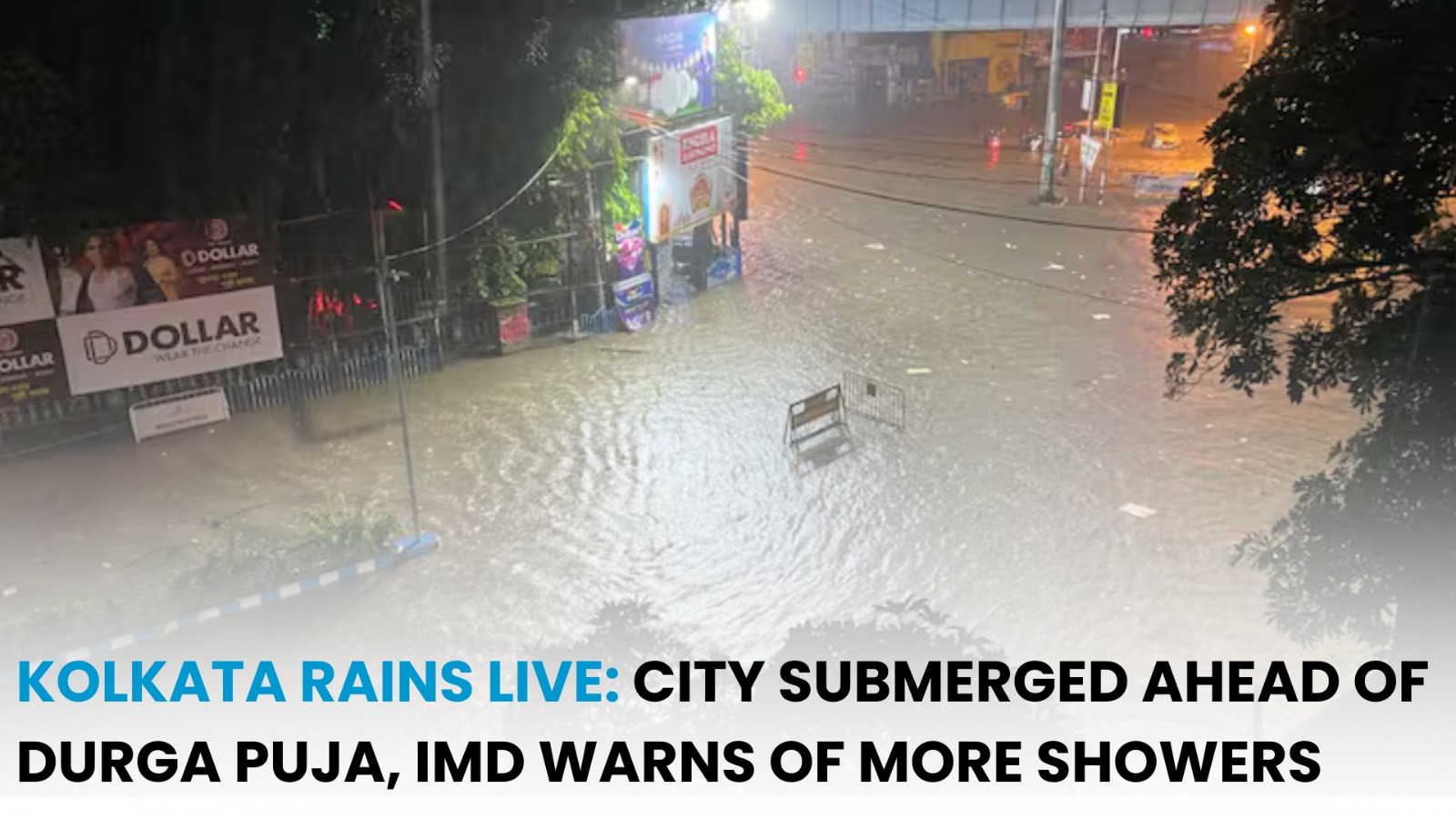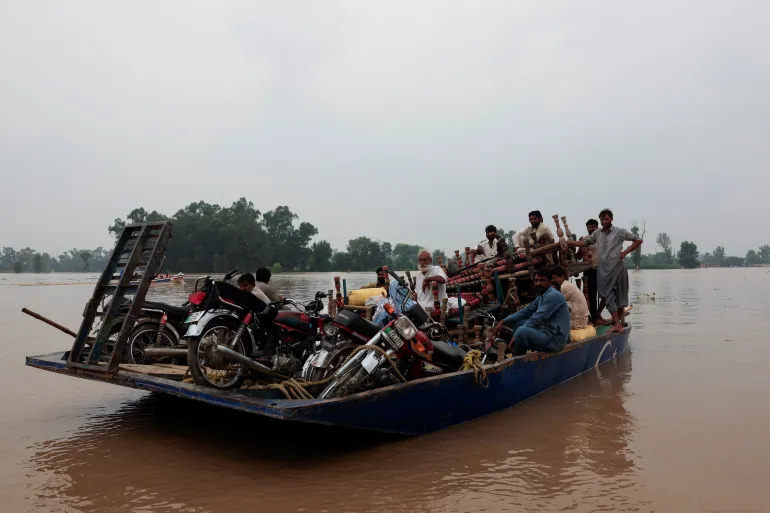Earthquake of Magnitude 4.4 Jolts Delhi-NCR: A Reminder of the Region’s Seismic Vulnerability
New Delhi, July 10, 2025 — A moderate earthquake measuring 4.4 on the Richter scale struck near Jhajjar, Haryana, at 9:04 AM IST on Thursday morning, sending tremors across the Delhi-National Capital Region (NCR).

According to the National Centre for Seismology (NCS), the earthquake originated at a shallow depth of 10 kilometers, with the epicentre located approximately 60 kilometers west of Delhi, near Jhajjar town. The tremors were felt across Delhi, Noida, Gurugram, Faridabad, and Ghaziabad, lasting between 5 to 10 seconds.
No Reported Damage, But Risk Is Real
There were no reports of injuries or infrastructure damage. However, the quake disrupted daily routines, with people evacuating offices, schools, and residential buildings. Delhi Metro Rail Corporation (DMRC) briefly suspended services to conduct safety checks.
Authorities, including the National Disaster Response Force (NDRF) and Delhi Police, issued advisories urging residents to remain calm and follow standard safety protocols. Emergency management teams remain on alert, though no aftershocks have been reported so far.
Delhi Lies in a High-Risk Seismic Zone
Delhi is situated in Seismic Zone IV, which classifies it as a region of moderate to high seismic risk. Experts emphasize that the urban density, rapid vertical development, and ageing infrastructure make the capital especially vulnerable, even to moderate-intensity quakes.
Over the past 30 years, the Delhi-NCR region has experienced over 500 seismic events. This is the second noticeable tremor in just five months, following a magnitude 4.0 quake near Dhaula Kuan in February 2025.
A Wake-Up Call for Urban Resilience
While today's tremor caused no immediate harm, it once again raises important questions about Delhi’s preparedness. Seismologists and disaster management experts warn that the frequency and intensity of earthquakes in the Indo-Gangetic plain and Himalayan belt are increasing due to tectonic activity.
Given the scale of urban expansion, especially in NCR's high-rise corridors, it is critical to evaluate and update:
-
Structural safety codes in buildings
-
Public education and emergency response systems
-
Integration of seismic data into city planning and infrastructure
What Should Residents Do?
Experts recommend that residents follow the “Drop, Cover, and Hold On” method during tremors. Avoid glass windows, elevators, and heavy furniture, and stay informed through official channels such as the NCS, NDMA, and city disaster management portals.
Final Thoughts
Today’s earthquake may not have caused destruction, but it served its purpose as a natural alert system. Preparedness, not panic, must guide the response. Urban resilience is no longer a theoretical goal—it’s an urgent public responsibility.






































Comments (0)